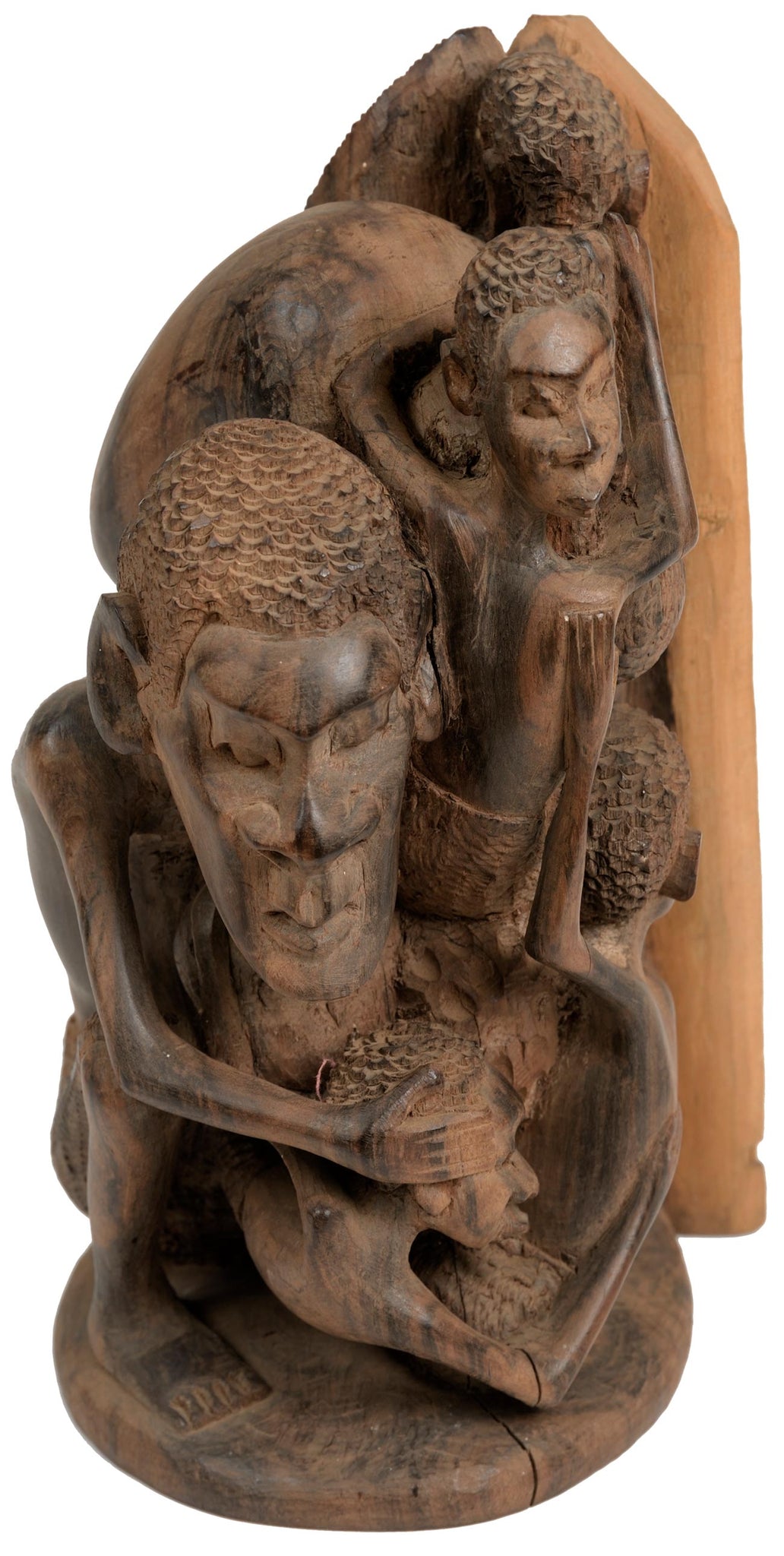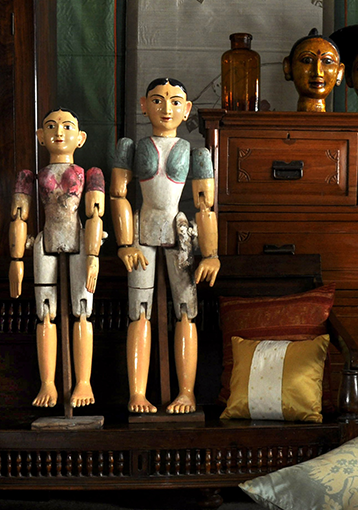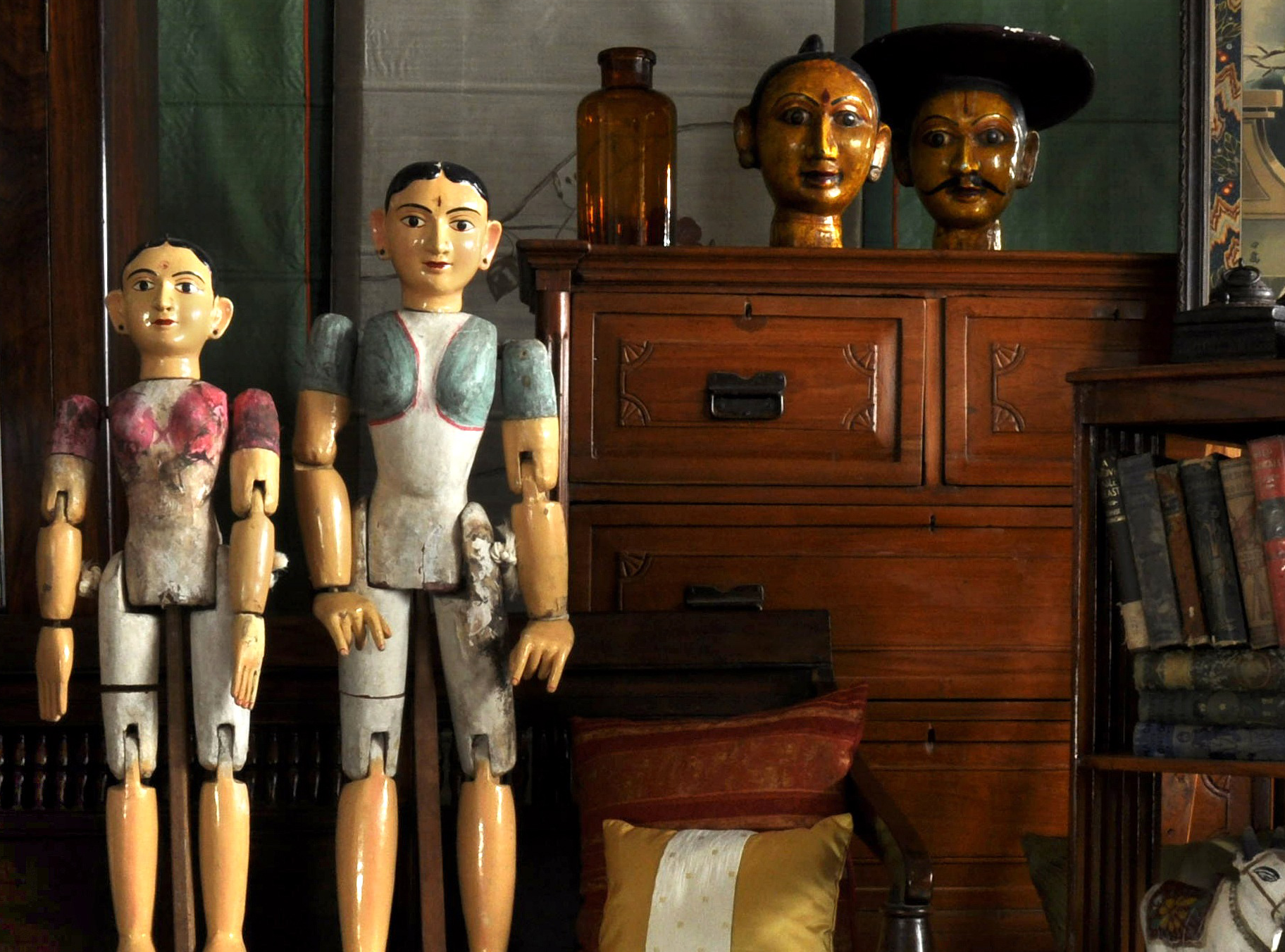- Home
- Makonde Tree of Life Sculpture 05
Loading...
Makonde Tree of Life Sculpture 05
Price on Inquiry
All orders are insured for transit.
We ship worldwide.
All orders are insured for transit.
We ship worldwide.
Details
| Material: | Indigenous African Wood |
| Size (LxBxH): | 5 x 6 x 9 inches |
| Origin: | Tanzania |
Description
Makonde art is an indigenous art form of the Makonde people, an ethnic tribe residing in southeast Tanzania and northern Mozambique. While their ancient tradition of creating intricate carvings is believed to predate the 1700s, some of the methods and materials they used changed after the 1930s, when Makonde art became an important part of contemporary African art.
One of the most famous types of Makonde sculptures is the 'Tree of Life' sculpture. Its origin dates back to the 1950's. The early sculptures done in this style typically showed a winner of a wrestling match, carried shoulder high by a cluster of figures. Today, the Tree of Life sculptures usually depict several interlocking human figures, as a symbol of unity and continuity. In some versions, a lady will be seen at the very top of the cluster of figures. The Tree of Life sculptures are also known as Dimoongo or Ujamaa sculptures. This sculpture from Tanzania is most likely from the 1970s and makes for a worthy collectible. It has a supporting wooden structure that the figures are seen holding on to.
One of the most famous types of Makonde sculptures is the 'Tree of Life' sculpture. Its origin dates back to the 1950's. The early sculptures done in this style typically showed a winner of a wrestling match, carried shoulder high by a cluster of figures. Today, the Tree of Life sculptures usually depict several interlocking human figures, as a symbol of unity and continuity. In some versions, a lady will be seen at the very top of the cluster of figures. The Tree of Life sculptures are also known as Dimoongo or Ujamaa sculptures. This sculpture from Tanzania is most likely from the 1970s and makes for a worthy collectible. It has a supporting wooden structure that the figures are seen holding on to.
-
Description
Read MoreMakonde art is an indigenous art form of the Makonde people, an ethnic tribe residing in southeast Tanzania and northern Mozambique. While their ancient tradition of creating intricate carvings is believed to predate the 1700s, some of the methods and materials they used changed after the 1930s, when Makonde art became an important part of contemporary African art.
One of the most famous types of Makonde sculptures is the 'Tree of Life' sculpture. Its origin dates back to the 1950's. The early sculptures done in this style typically showed a winner of a wrestling match, carried shoulder high by a cluster of figures. Today, the Tree of Life sculptures usually depict several interlocking human figures, as a symbol of unity and continuity. In some versions, a lady will be seen at the very top of the cluster of figures. The Tree of Life sculptures are also known as Dimoongo or Ujamaa sculptures. This sculpture from Tanzania is most likely from the 1970s and makes for a worthy collectible. It has a supporting wooden structure that the figures are seen holding on to.
-
Details
Material: Indigenous African Wood Size (LxBxH): 5 x 6 x 9 inches Origin: Tanzania -
Returns
We accept returns within 7 days of delivery if the item reaches you in damaged condition. -
Shipping
Shipping costs are extra, and will be calculated based on the shipping address.All orders are insured for transit.
We ship worldwide.
This item has been added to your shopping cart.
You can continue browsing
or proceed to checkout and pay for your purchase.
This item has been added to your
shopping cart.
You can continue browsing
or proceed to checkout and pay for
your purchase.
This item has been added to your wish list.
You can continue browsing or visit your Wish List page.
Are you sure you want to delete this item from your Wish List?
Are you sure you want to delete this
item from your Wish List?


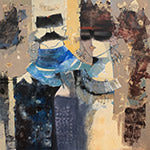
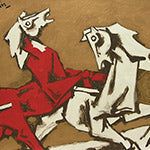

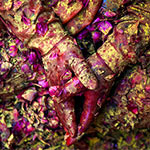
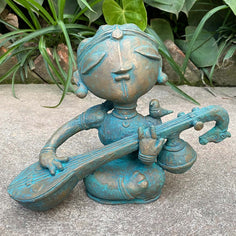

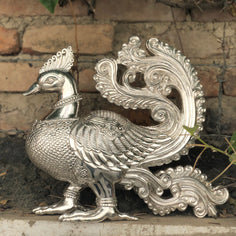

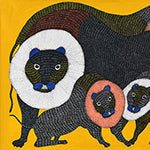

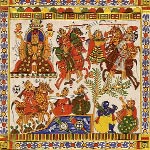



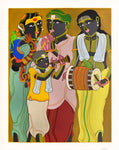

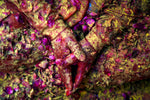

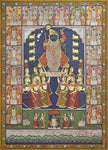





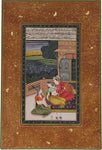


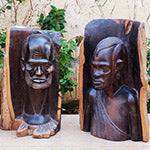




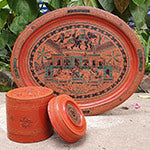
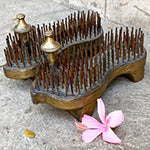

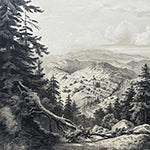


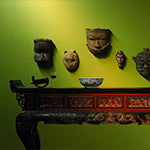
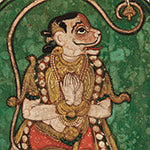

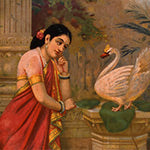
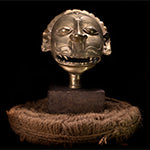



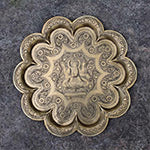
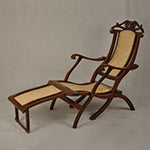
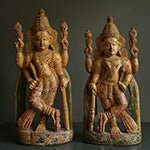




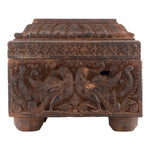



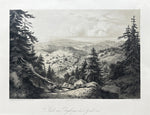


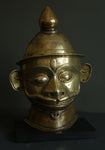
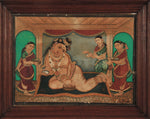
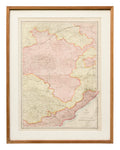




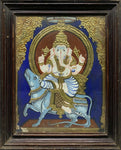
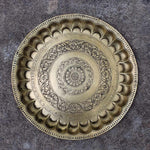
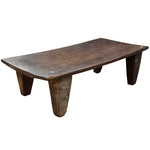
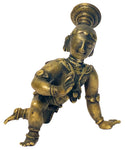


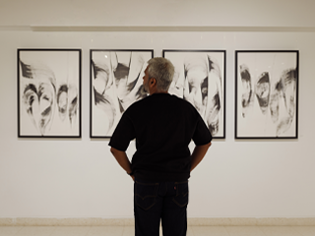





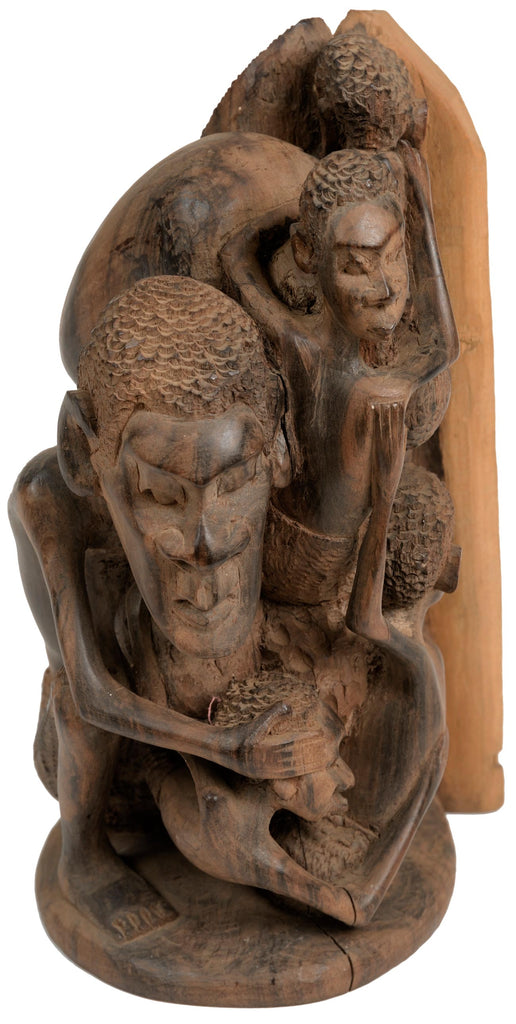
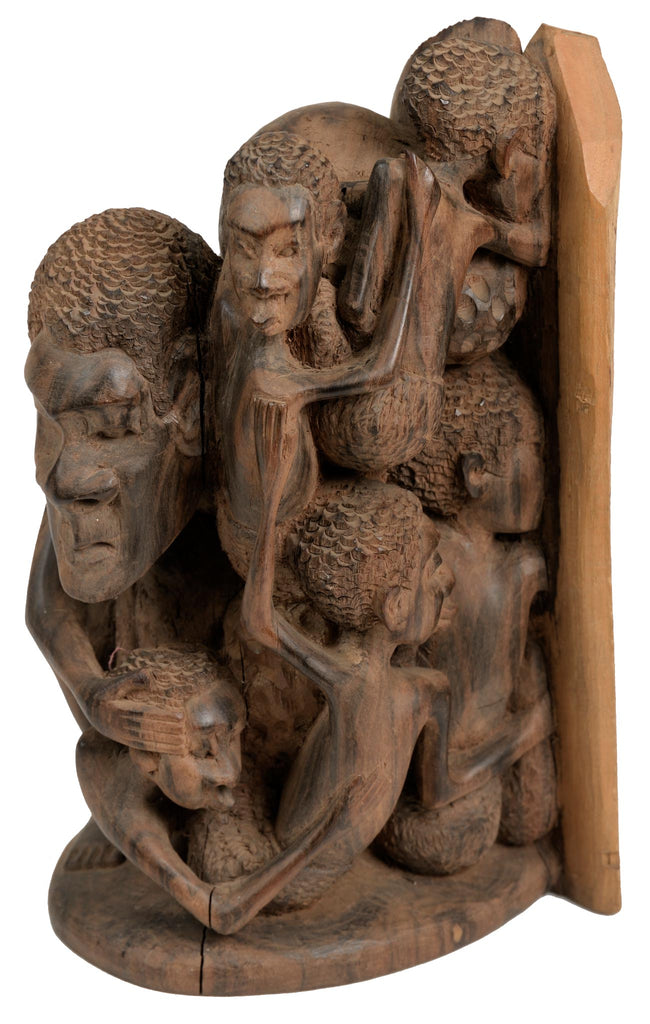
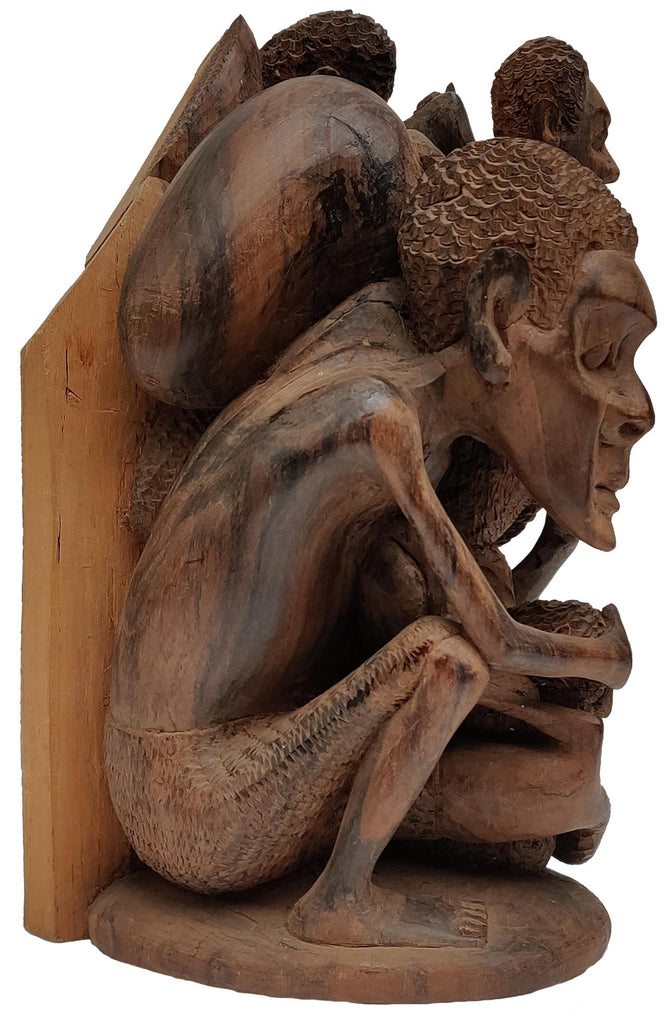
 View Full Screen
View Full Screen
